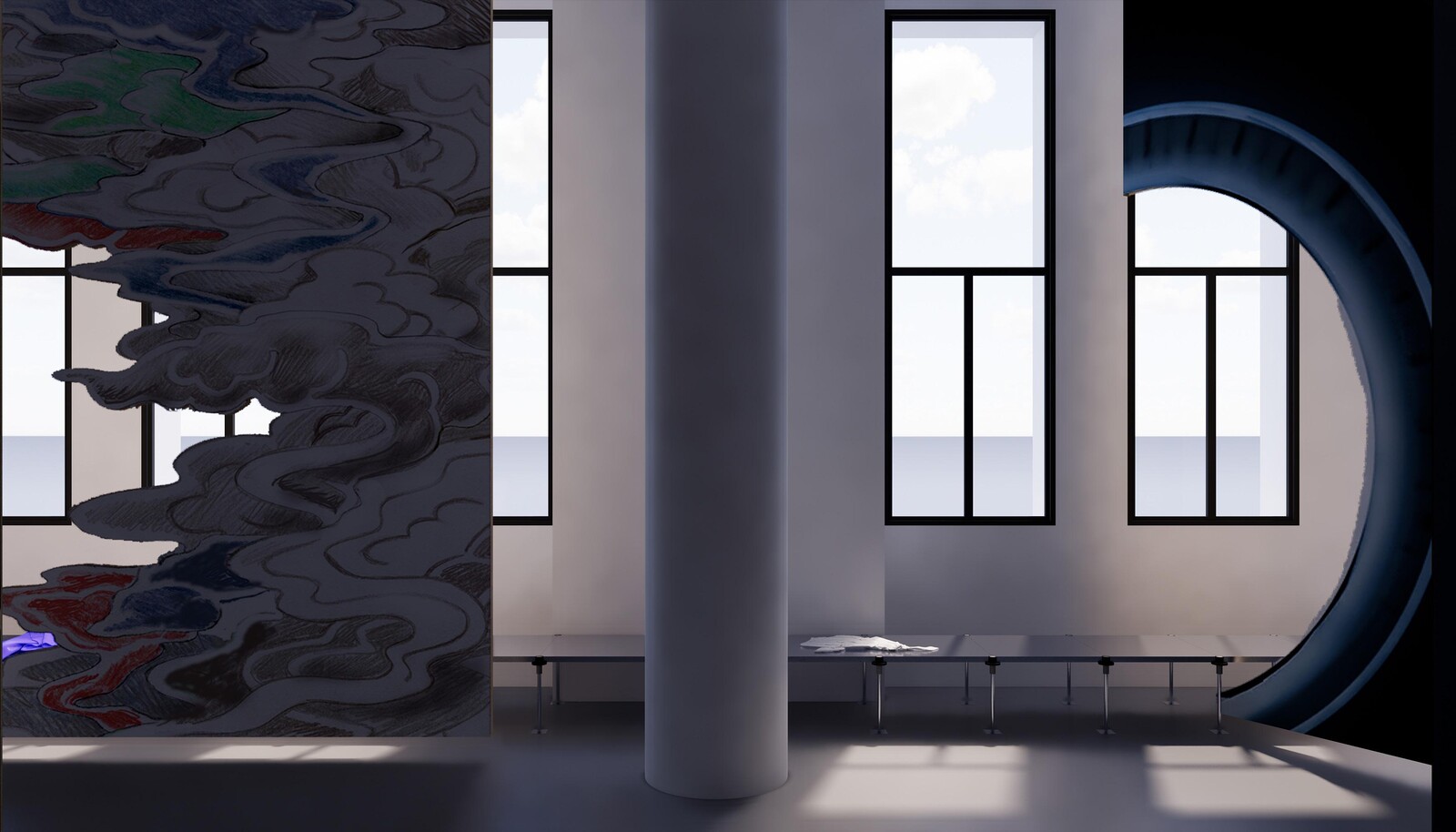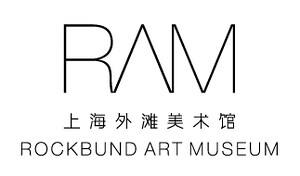March 22, 2024–April 6, 2025
This ground-breaking research initiative invites contemporary artists to reimagine the colonial legacy of RAM’s original occupant, the Royal Asiatic Society.
Under the leadership of Artistic Director X Zhu-Nowell, the Rockbund Art Museum (RAM) in Shanghai embarks on a multi-year research, exhibition and public program: Complex Geographies. The first chapter is China Journal, this iteration draws its title from the 1923 Shanghai-based Science & Arts Journal, of naturalist Arthur de Carle Sowerby and Sinologist John Calvin Ferguson and focuses on the legacy of the Royal Asiatic Society (RAS), of which they were members. Rockbund Art Museum’s landmark building, built in 1933, was the first purpose-built museum in China, designed to house the Royal Asiatic Society, an organisation committed to the exploration and dissemination of knowledge about China and its neighbors through expeditions, journals, a library, and a museum.
China Journal engages with the museum’s history while weaving together artistic speculations, rediscovered archives, collective memories, and marginalized knowledge. This program underscores the critical need to value the intrinsic authority of local knowledge systems in deciphering complex geographical and cultural tapestries. Through a trio of distinct yet interconnected exhibitions China Journal invites artists, writers, and local communities to reimagine the historical functions of the RAS building. Zhu-Nowell notes, “With Complex Geographies, we hope to create a space in Shanghai where we can open up different forms of knowledge about our past and present. It is a collective resistance towards hegemonic thinking.”
Hu Yun: Mount Analogue
March 23–August 25, 2024
Over the past decade, Shanghai-born artist Hu Yun has studied historical figures who spread concepts of natural history, a field that expanded globally between the 16th and 19th centuries alongside Western modernity and colonialism, influencing the exchange of goods, species, and people between Europe and its colonies. Ports such as Shanghai emerged as vital points in this colonial and capitalist expansion. RAM is staging Hu Yun’s first museum survey: Mount Analogue, which focuses on the early natural history museum in China, the Royal Asiatic Society Museum, the original occupant of our building. The artist’s intervention highlights the violence of what he calls “expansive knowledge apparatus.” Mount Analogue is a celebration of voices and knowledge that fortuitously escaped processes of accumulation, classification, and categorization.
AUUUUDITORIUM
Launch: March 23, 2024
Artists: Ming Wong, BOLOHO, Zheng Ke, Dong Longyue, Liang Zihan, Xiang Zairong, Karachi LaJamia, Angela Dimayuga, Da Si, Wang Mozhi, Ho Rui An, Zian Chen, Eastern Margins and others to be announced.
Founded as the Wu Lien-teh Auditorium in 1933, this space was a focal point for RAS members to present research. Reimagined in 2024, AUUUUDITORIUM pays homage to its historical roots. This includes a new adaptation of the Scenography for a Shanghainess Science Fiction Opera installation by Ming Wong, a Singapore and Berlin-based artist, a series of sculptural furniture designed by Shanghai-based artists Dong Longyue and Liang Zihan, and a large-scale relief mural by Guangzhou-based collective BOLOHO.
The core of AUUUUDITORIUM lies in its dynamic approach to study, emphasizing motion, circulation, and redistribution over static learning. Activities range from performances, lectures, and workshops to dialogues, parties, dances, karaoke, writing, and reading. The project draws inspiration from cultural theorist Fred Moten and scholar Stefano Harney, redefining “study” as a communal activity encompassing conversation, movement, and shared experiences, all converging under the concept of “speculative practice.”
Shanghai Palimpsest: Restaging the Royal Asiatic Society Library
March 23–August 25, 2024
This archive-based exhibition explores the RAS and its formative figures, such as naturalist and RAS museum director, Arthur de Carle Sowerby; Sinologist and RAS librarian Florence Ayscough; Sinologist and art collector, John Calvin Ferguson; physician and philanthropist Wu Lien-teh; the taxidermist Tang family, all associated with it in early twentieth-century Shanghai. In homage to the architectural heritage of the building, the museum has commissioned Shanghai-based artist Zhang Ruyi to transform its former archive space into a new library as a gateway to explore and reimagine complex histories and the myriad ways they are recorded and presented. In addition to showcasing primary sources, the exhibition invites Hangzhou-based photographer Chen Ronghui to challenge our conventional understanding of archives with a fresh look at the narratives shaping our perceptions of time, history, and memory.
Rindon Johnson: Best Synthetic Answer
September 21, 2024–April 6, 2025
Rindon Johnson’s first solo exhibition in Asia stretches across seven-months, mirroring the time it takes to sail from his San Francisco base to Shanghai. In Johnson’s own words, “I wanted to cross the Pacific Ocean but I do not know how to sail.” This exhibition is his attempt to address this challenge. At its heart is a newly commissioned seven-month-long animation that captures this unconventional crossing. Rindon Johnson invites us to explore the Pacific not as a known entity but as an ever-evolving, elusive space where imagination and reality converge. Within this oceanic realm, discussions unfold regarding material extraction, Indigenous and environmental sovereignty, colonial trade legacies, and the enigmatic prospects of environmental futurism.
International Press
Sarah Greenberg, Evergreen Arts: sgreenberg [at] evergreen-arts.com, +44 (0)7866543242. For images: ppanagopoulos@evergreen-arts.com
Chinese Press
Stella Wang, Rockbund Art Museum Communication Manager, stella.wang [at] rockbundartmuseum.org







